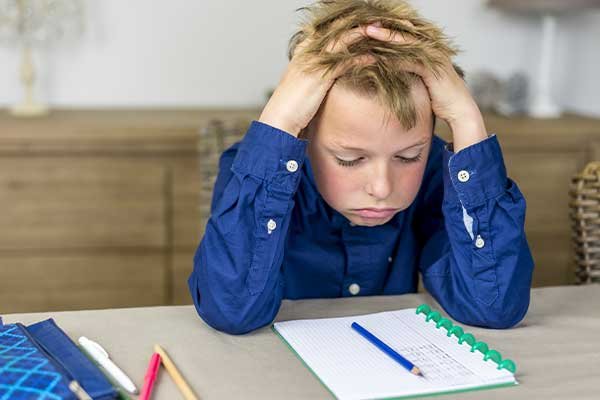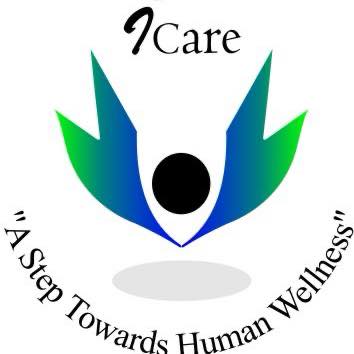Poor Scholastic Performance
Poor scholastic performance can be challenging for students, but with effective management strategies, it is possible to improve academic performance. Here are some steps that can be taken to manage and improve poor scholastic performance:
Poor scholastic performance refers to a student’s persistent or recurring difficulties in achieving satisfactory academic results. It can be caused by various factors, including learning disabilities, lack of motivation, ineffective study habits, external distractions, personal issues, or a combination of these factors. Here are some additional strategies to address and improve poor scholastic performance:

Evaluate learning style: Identify the student’s preferred learning style, whether it’s visual, auditory, or kinesthetic. Adapt teaching methods and study techniques to align with their learning style, making the learning process more effective and engaging.
Individualized education plan: For students with diagnosed learning disabilities or special educational needs, work with educators and specialists to develop an individualized education plan (IEP). The IEP outlines specific accommodations, modifications, or support services required to address the student’s challenges and optimize their learning experience.
Provide additional support: If necessary, consider enrolling the student in tutoring programs, academic support classes, or intervention programs offered within the school or by external organizations. These resources can provide targeted assistance in specific subjects or skill areas.
Build intrinsic motivation: Help the student develop a sense of intrinsic motivation by connecting their academic goals to their personal interests, aspirations, or real-world applications. Encourage them to set meaningful goals and recognize the importance of education for their future success.
Teach study skills: Many students struggle with poor study habits or lack effective study skills. Provide explicit instruction and guidance on essential study techniques, such as time management, organization, note-taking, active reading, and test preparation strategies. Help them develop a structured approach to studying and reinforce the importance of regular review and practice.
Enhance engagement: Make learning more engaging and interactive by incorporating hands-on activities, technology, multimedia resources, or real-life examples. Foster a positive and supportive classroom environment that encourages active participation, questions, and discussions.
Communicate with teachers: Regularly communicate with the student’s teachers to stay informed about their progress, areas of improvement, or any specific challenges they are facing. Collaborate with teachers to develop strategies that support the student’s academic needs and monitor their progress closely.
Address personal issues: If poor scholastic performance is influenced by personal issues or emotional well-being, consider involving school counselors, psychologists, or other relevant professionals. They can provide guidance and support in addressing personal challenges that may be impacting the student’s academic performance.
Set realistic expectations: Encourage the student to set realistic expectations for themselves and focus on personal growth rather than comparing their progress to others. Celebrate small achievements and provide constructive feedback to foster a growth mindset.
Encourage parental involvement: Engage parents or guardians in the student’s academic journey. Regular communication with parents can help create a support system and ensure consistency between home and school environments. Encourage parents to provide a quiet and conducive study space at home and support the student’s learning efforts.
